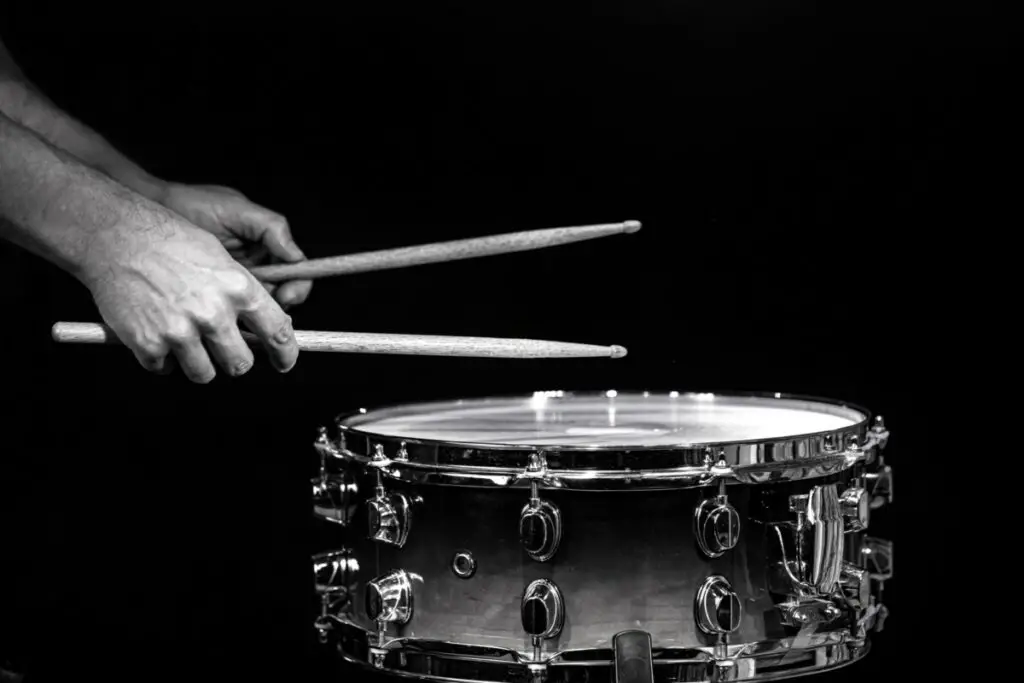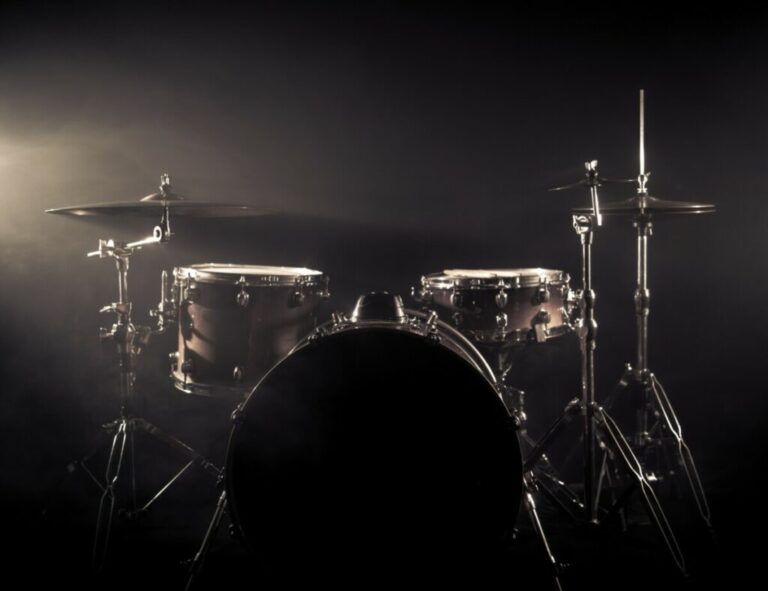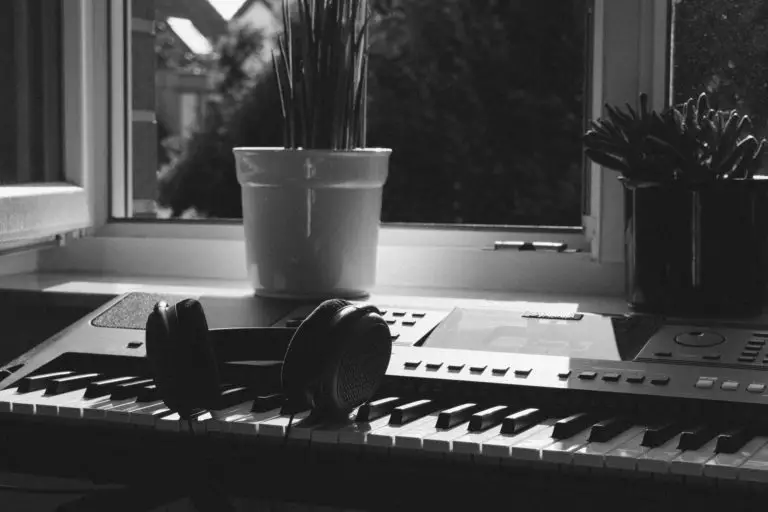How to Hold Drumsticks | Beginner’s Guide

Everyone loves a band with a good drummer. Watching them jam out and create rhythmic beats is an incredible experience. Many people don’t realize that drumming for an audience is challenging. When you first start drumming, you must learn how to do many things, including holding drumsticks. So, how do you hold drumsticks?
Matched grip is most common for beginners when holding drumsticks. This is where the sticks are resting on the fingers, and the fingers and wrists lead the movement. American, German, and French grips are variations of this. Traditional grip is also used, and many drummers use multiple grips.
Holding drumsticks in the correct position is essential for those learning to play the drums. This will influence how you play for the rest of your drumming career. Read on for more information about the best way to hold drumsticks and how to master each kind of drumstick grip.
The Five Most Popular Ways To Grip Drumsticks
Experienced drummers implement several different types of grips when holding their drumsticks. You can switch fingering and hand positions while playing with time and practice. Some of the most common ways to hold drumsticks are explained below.
1. Matched Grip
The name “matched” grip refers to how your hands look while holding the sticks. Your hands will look the same while holding the drumsticks, matching one another. This is the most basic type of grip used by drummers, making it the most important one for new drummers to master if they want to progress.
Drummers that develop a good understanding and comfortable use of matched grip are much more likely to add other variations of grips successfully and holds. As they gain more experience playing the instrument, this becomes easier.
Matched grip is the most common grip used to play nearly any type of music. However, the matched grip is unique in that there are three types: American, German, and Traditional. These variations are explained below.
2. American Grip
Many beginner drummers find it easiest to learn American grip when starting. Many refer to it as a median between the French and German-matched grip variations. It’s incredibly similar to the German grip but more relaxed.
This is often the most comfortable grip for beginner and experienced drummers alike. Most drummers who have long played use American grip as their starting point. This means that as they change grips and shift their hand positions, they will return to the American grip as their base position.
Here’s how to hold your drumsticks properly in the American grip:
- Make your palms face down towards the floor.
- Draw your attention to your index fingers.
- Take these fingers and pick up your drumsticks with them and your thumbs.
- Curl your remaining three fingers underneath the drumstick for support and to help strengthen your grip with your pointer finger.
- The palms of your hands should be held at an angle of approximately 45 degrees.
3. German Grip
The German grip is the tightest of the three matched grip variations. This enables the drummer to use more power when hitting the drum head or symbols.
The German grip can make it difficult to adjust the position of your hands quickly. For this reason, it is much less common in genres that change pace often, such as jazz, rock, or heavy metal.
To use the German-matched grip, follow these steps:
- Pick up the drumstick between your index finger and thumb with your palms face down.
- Find the balance point and use your pointer finger as a rest to maintain balance.
- Curl your middle, ring, and pinky fingers underneath the drumstick.
- Primarily use your middle finger to provide support.
Unlike the American grip, the palms of your hands should be parallel to the head of the drum while in the German grip. Lead each movement with your wrists, and keep your elbows away from your body.
4. French Grip
Regarding the variations of matched grip, French is the most unique of the three. There is much less wrist movement in this type of hold.
Compared to the German and American grips, the French hold is much looser and demands more strength from the fingers to maintain and use properly. Because it’s more open, this grip has less power than the others.
Like the other versions of matched grip, here are the steps:
- The palms are faced down, and the drumsticks are held between the index fingers and thumbs
- The other fingers curled underneath.
- Your other fingers’ grip on the stick will be much looser.
- The sticks will primarily be moved with your fingers rather than your wrists.
- The elbows should be kept close to the body, with your palms facing each other.
5. Traditional Grip
The traditional grip is not a variation of the matched grip but is often used.
To hold your drumsticks in the traditional grip, follow these steps:
- Reach out your hand as if to shake someone’s hand
- Insert the drumstick between your index finger and thumb, with the thumb reaching over it.
- The drumstick should rest comfortably on the first joint of your index finger.
- While playing, the left arm will move in a motion similar to turning a doorknob.
- The pinky finger is used for support from below the stick.
The Importance of Balance and Support

With any kind of grip, it is important that the drumsticks are balanced and that your fingers provide the right fulcrum (support) to maintain this balance as you play. Having the correct balance will help you to have the correct timing and bounce when the stick contacts and leaves the drum head. With correct balance, you will have more effective timing, allowing you to work your way up to double strokes and more complicated rhythms and patterns.







